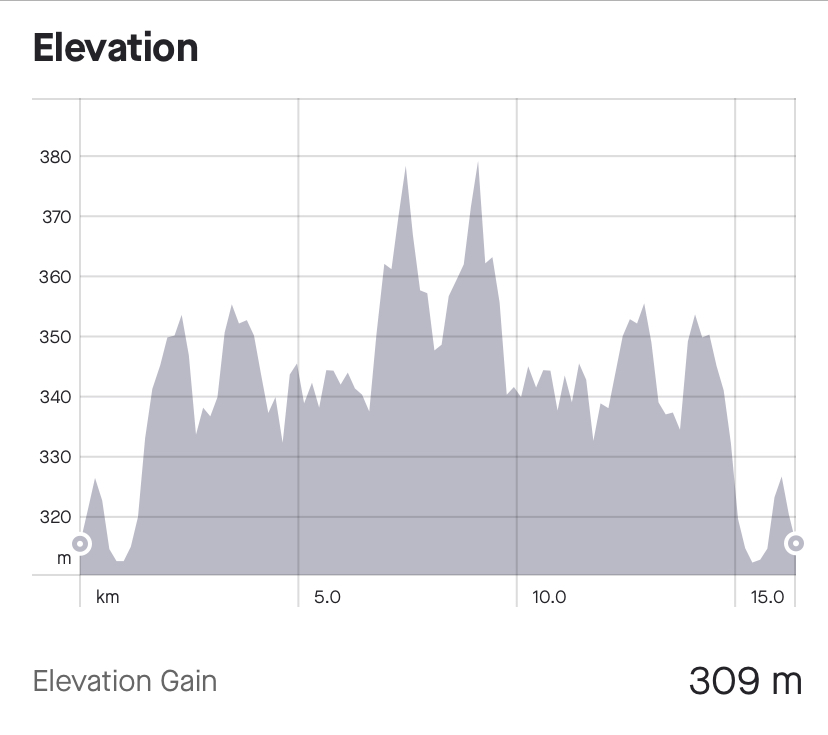Interesting to hear William MacAskill on two of my favourite podcasts (Mindscape with Sean Carroll and Making Sense with Sam Harris). Although there’s some necessary overlap, the two hosts drew out different themes in the conversations 🎧
Interesting to hear William MacAskill on two of my favourite podcasts (Mindscape with Sean Carroll and Making Sense with Sam Harris). Although there’s some necessary overlap, the two hosts drew out different themes in the conversations 🎧

Finished reading: Piranesi by Susanna Clarke is a delight. A strange and fascinating story that is unlike anything that I’ve read recently 📚

Finished reading: Persepolis Rising by James S. A. Corey is a solid start to a new Expanse story. Although I like the mystery surrounding the alien artifacts, Expanse is at its best when focused on the people📚
Around here you run hills, whether you want to or not


Misty morning for an easy run 🏃♂️


Finished reading: The Space Between Worlds by Micaiah Johnson is a fun parallel worlds story with lots of plot twists 📚
Such a delight to swim in a nice, deep lake 🏊♂️


Finished reading: Shipstar by Gregory Benford isn’t nearly as ambitious as Bowl of Heaven, the first book in the series. Although there are several big ideas in the book, they didn’t really connect well together. 📚

Lucy is settling into cottage life


Finished reading: I enjoyed The Golem and the Jinni: A Novel by Helene Wecker. Great writing and interesting characters, set in 19th century New York, that explores immigration and finding your purpose 📚
Tranquility

I’m enjoying the Time Management for Mortals series by Oliver Burkeman on the Waking Up app. A nice extension of his Four Thousand Weeks book 🎧

Finished reading: The Nova Incident by Dan Moren is an entertaining mix of espionage, action, and sci-fi. I’ve enjoyed all of the books in this series 📚
I’m aligned with the views of the Incomparable panel on recent Star Trek: Discovery is disappointing, Picard is frustrating, and Strange New Worlds is delightful 🖖
Reunification day! Kids are back from a month at summer camp. Tanned, relaxed, and happy


Finished reading: Although I was already familiar with many of the details, A Series of Fortunate Events by Sean B. Carroll was a brief and entertaining overview of the role of chance in biology. Both humbling and inspiring to think about how contingent everything is📚
My annual cottage vacation is imminent and a favourite part is reading books by the lake.
In past years, I’ve packed a pile of library books. But, I average more than ten books over the break. Adding in my family (though they’re less voracious readers) means we end up with a big box of books to fit in an already crowded car.
So, the past few years I’ve switched to reading library books on my iPad. Being able to “carry” so many books on the device, plus adding more if necessary, is great. The downsides, though, include difficulty reading through the glare of sunlight and the occasional shutdown from overheating. Plus, there are so many easy distractions on an iPad.
Thanks to a good discount and a review by Jason Snell of integrating with public libraries, I’ve bought a Kobo Libra 2. This is now my dedicated library book device (although it does have other features, like a bookstore, Pocket integration, and audiobooks). The e-ink really is remarkably easy to read outside, even in direct sunlight, and I like the physical page-turn buttons.
Although I always have a general preference for physical books, the convenience of an entire public library on a handheld device can’t be beat for vacation reading.
Very difficult for me to not enjoy Star Trek Picard, given my nostalgia for TNG. That said, season 2 was only okay. The scenes with Q were all great and I liked the idea of the Borg queen trying to recreate a collective. The rest was pretty muddled.